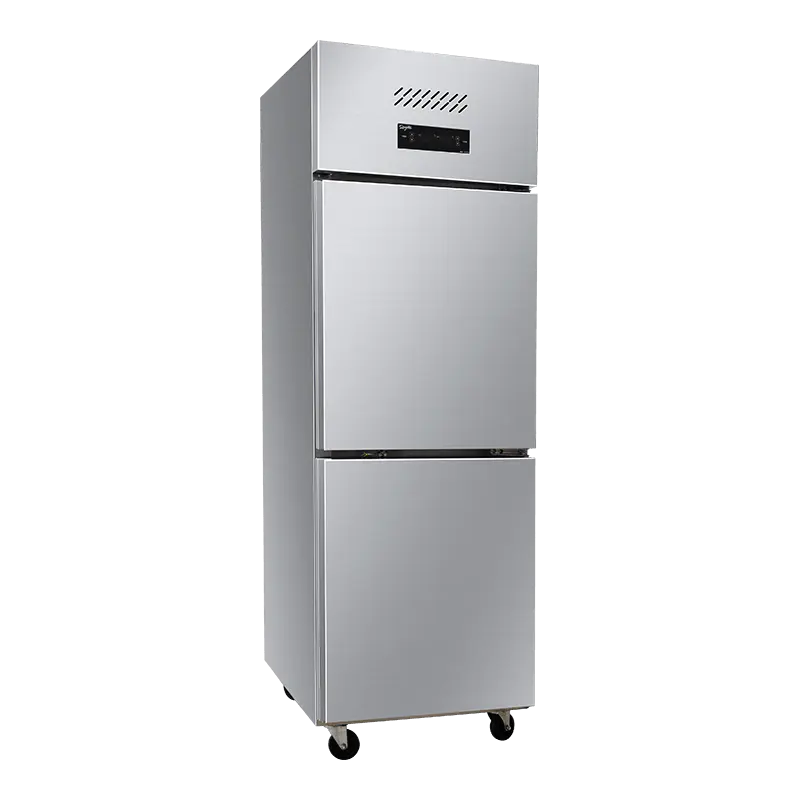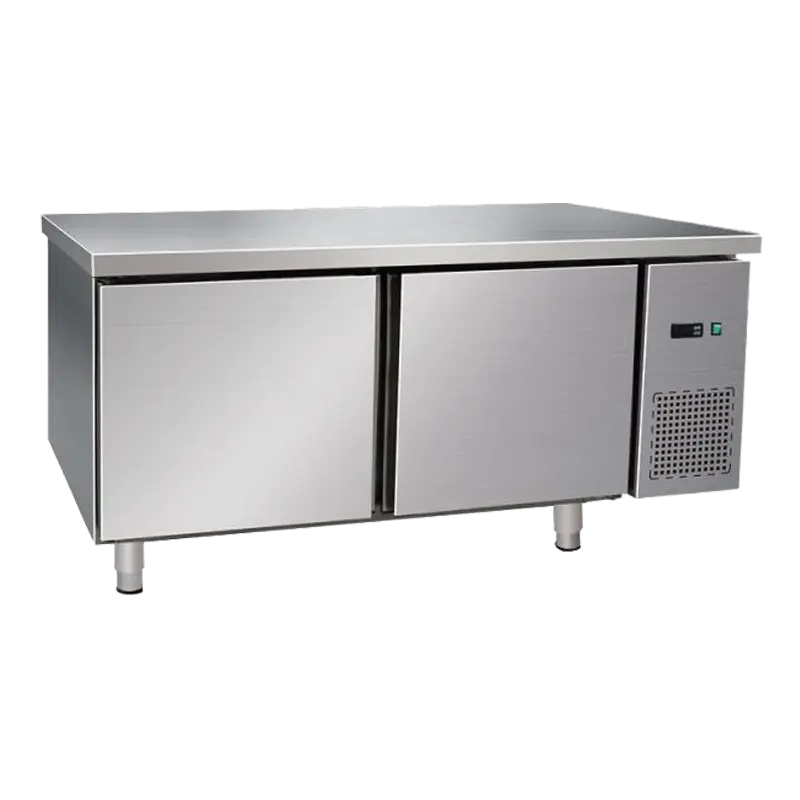1. Introduction to Commercial Refrigeration Technology
Commercial refrigeration technology refers to the systems and equipment used to store and preserve perishable goods in industries such as food service, supermarkets, and pharmaceuticals. These systems are designed to maintain precise temperatures, ensure energy efficiency, and comply with health regulations. Understanding the components and innovations in this field can significantly impact operational efficiency and product quality.
2. Key Components of Commercial Refrigeration Systems
A commercial refrigeration system consists of several critical components that work together to maintain optimal cooling:
- Compressor: Pumps refrigerant through the system and maintains the pressure differential needed for heat transfer.
- Condenser: Releases heat absorbed from the interior to the external environment.
- Evaporator: Absorbs heat from the stored products, lowering the internal temperature.
- Expansion Valve: Regulates refrigerant flow and pressure to optimize cooling efficiency.
- Refrigerant: The medium responsible for heat absorption and transfer.
3. Types of Commercial Refrigeration Technology
3.1 Walk-In Coolers and Freezers
Walk-in coolers and freezers are common in restaurants, supermarkets, and warehouses. They provide large storage volumes and can be customized to meet temperature and humidity requirements. Modern designs incorporate energy-efficient insulation and digital thermostats for precise control.
3.2 Display Refrigeration Units
Display refrigerators are used in retail settings to showcase products while keeping them at safe temperatures. Advanced models now use LED lighting, low-emission refrigerants, and glass doors with anti-fog technology to improve energy efficiency and product visibility.
3.3 Blast Chillers and Freezers
Blast chillers rapidly lower the temperature of food products, preventing bacterial growth and preserving freshness. They are widely used in commercial kitchens and food processing facilities to improve food safety and storage longevity.
4. Energy Efficiency in Commercial Refrigeration
Energy efficiency is a crucial consideration in commercial refrigeration due to high operational costs. Key strategies to improve efficiency include:
- Using variable-speed compressors that adjust cooling based on demand.
- Implementing LED lighting to reduce heat generation inside display units.
- Regularly cleaning condenser coils to maintain optimal heat transfer.
- Installing high-performance insulation to minimize thermal loss.
- Using energy management systems to monitor and control refrigeration performance.
5. Maintenance Best Practices
Proper maintenance ensures longevity and efficient performance of commercial refrigeration systems. Some recommended practices include:
- Regularly inspecting refrigerant levels and checking for leaks.
- Cleaning evaporator and condenser coils at least quarterly.
- Testing and calibrating thermostats for accurate temperature control.
- Replacing worn-out gaskets, fans, and filters promptly.
- Documenting all maintenance activities to track system performance over time.
6. Emerging Innovations in Commercial Refrigeration
Recent innovations are transforming the commercial refrigeration industry, including:
- Natural refrigerants like CO₂ and ammonia that reduce environmental impact.
- Smart monitoring systems with IoT integration for predictive maintenance.
- High-efficiency compressors and heat exchangers for reduced energy consumption.
- Modular refrigeration systems that can scale with business growth.
- Advanced airflow and temperature control to maintain consistent cooling across all storage areas.
7. Conclusion
Commercial refrigeration technology continues to evolve with a focus on energy efficiency, food safety, and operational reliability. Businesses that adopt modern systems, implement regular maintenance, and leverage technological innovations can achieve significant cost savings while ensuring product quality. Staying informed about advancements in refrigeration technology is essential for any commercial operation handling perishable goods.


 English
English русский
русский Español
Español عربى
عربى













